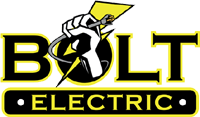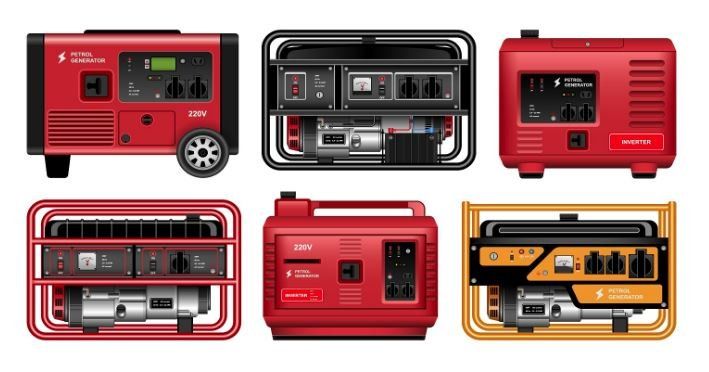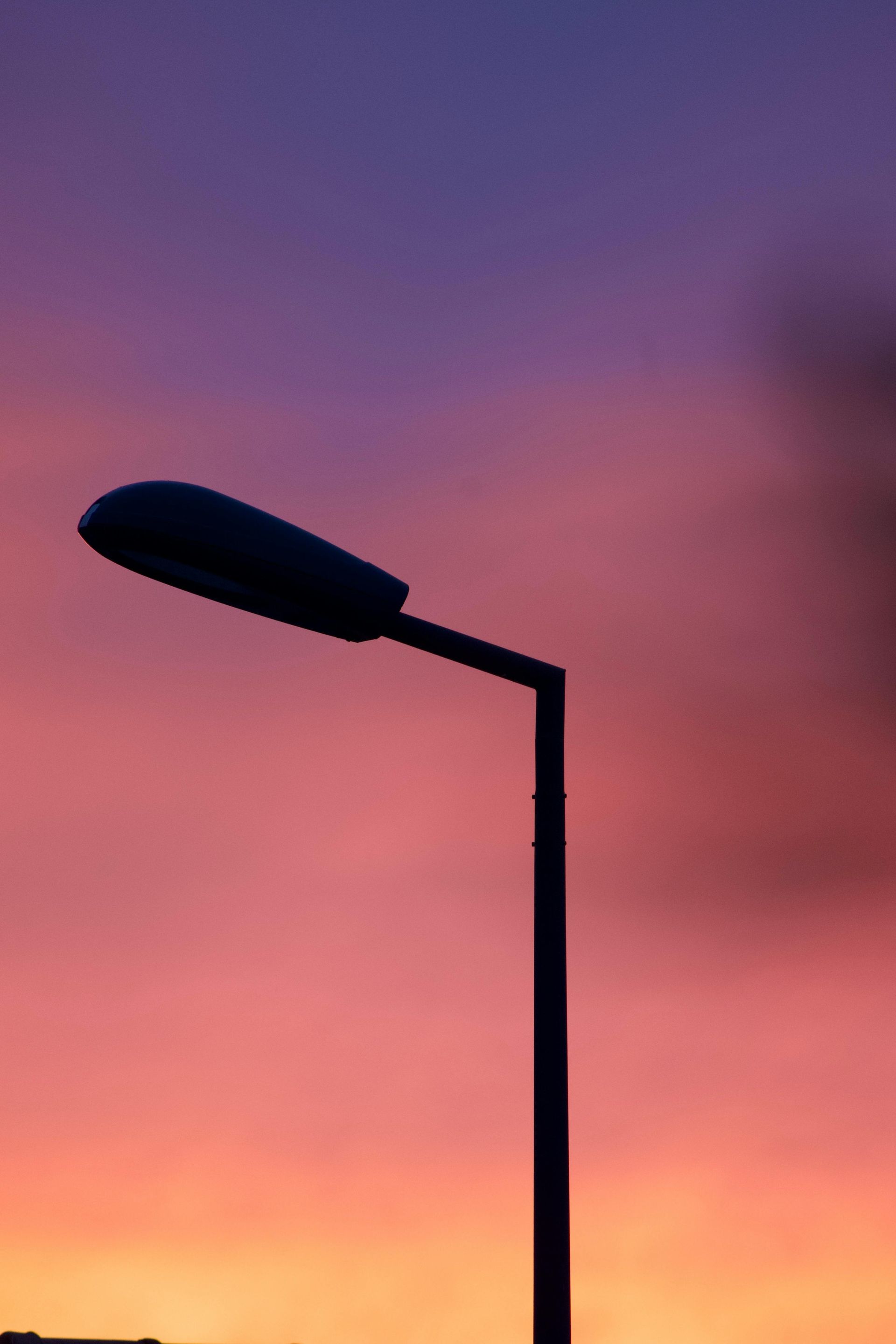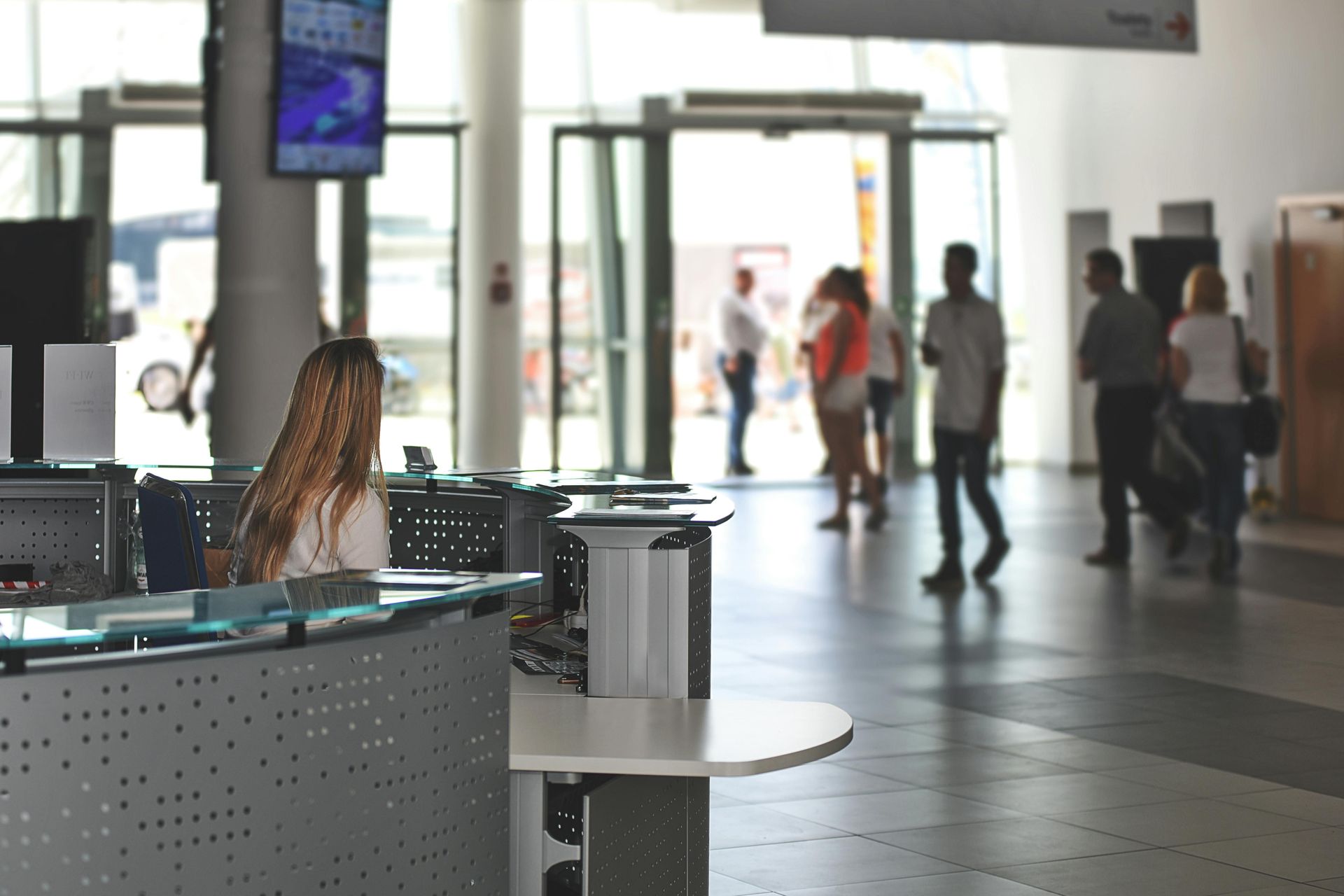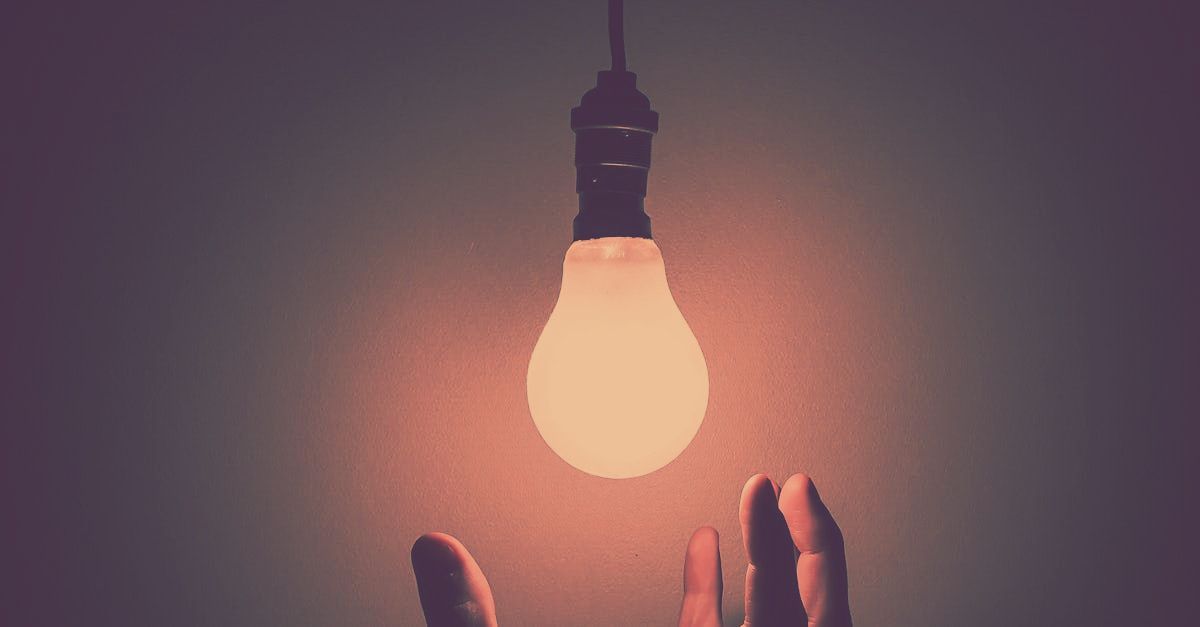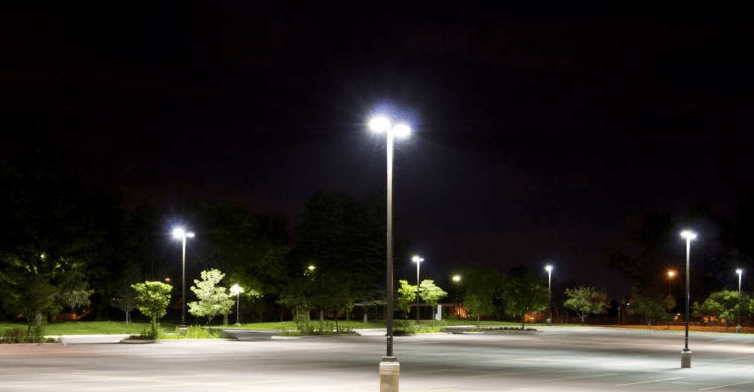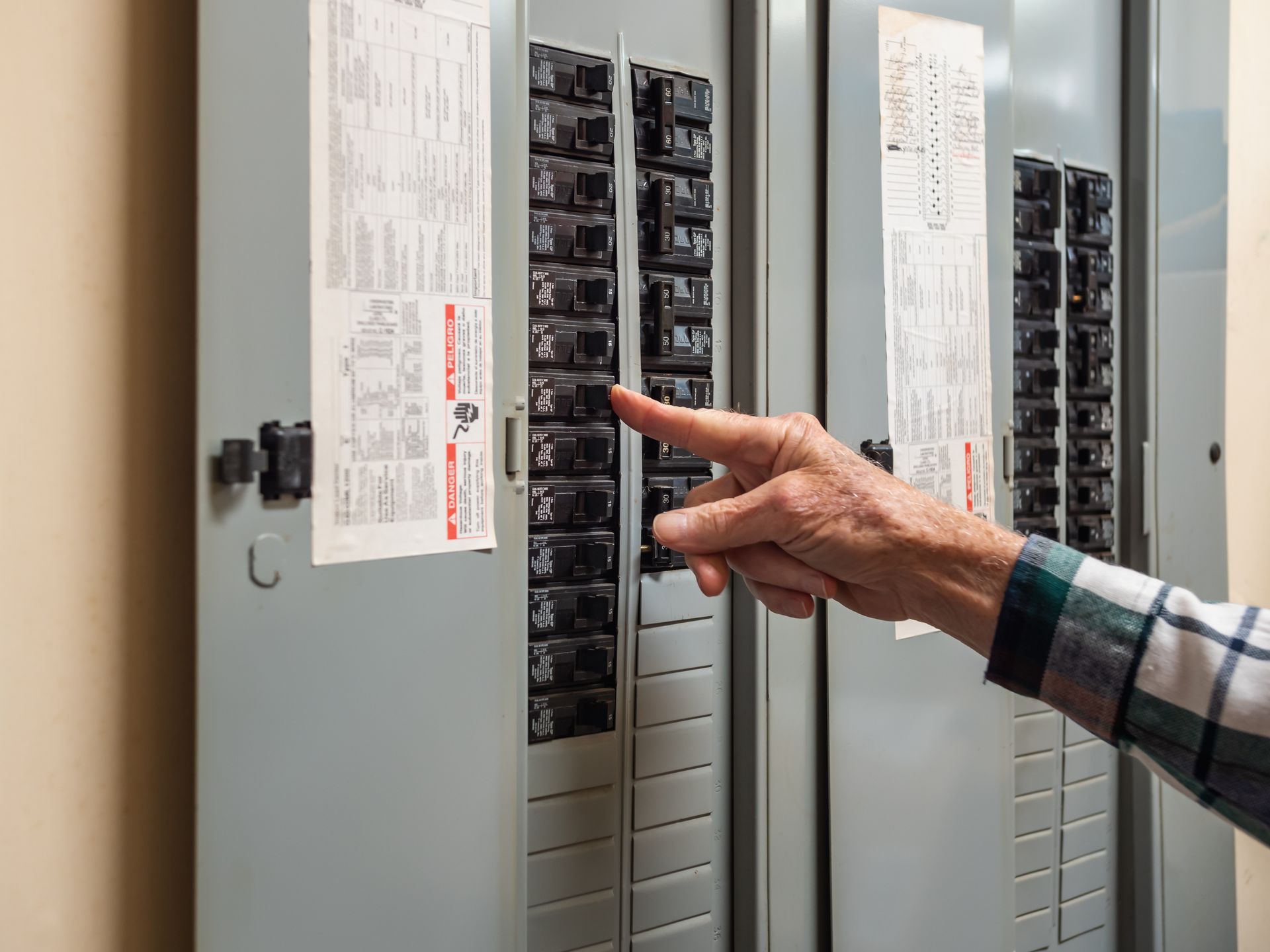Should you buy a Generator for your Home?
Where to begin...
If you’re native to South Texas, then you know full well about the long and hot Summer months, as well as the mild Winters…unless we’re discussing February of 2021; otherwise referred to as “Snowmaggedon”
Not only did San Antonio and South Texas get snow, we got lots of it. And lots of days of it.
Accompanied by a very stressed electrical grid which brought about Power Outages across Texas,
as well as Rolling Black Outs…for about a week; with temperatures in the single digits.
Since that time, we have received numerous calls from folks; interested in Generator Installations.
Now, with hurricane season fast approaching; and many summer storms popping up across the nation, there’s an almost ever-present risk of temporary power outages. Even with Storm Predictions, it’s impossible to predict events that can lead to power outages, with the likes of downed power lines or quite possibly damaged transformers.
So, at this point you may be thinking“Why don’t I just buy a home Generator?”
Well, while purchasing a Generator may be a convenience for some homeowners; they are just not not ideal for every situation. So, if you’re considering purchasing a generator, be sure to evaluate whether you’re able to use one safely, and practical as well.
To start, some South Texas homes will be better equipped to handle power outages than others. For instance, if you have natural gas for appliances such as your water heater, oven, stove, and furnace, typically; those conveniences will still operate in the event of power loss, however if they’re electric, having access to a generator may be quite a bit more important, especially for winter weather outages.
Let’s move on to some important questions we really need to consider before purchasing...
Do you have the space a Generator requires?
Generators come in many sizes. Some portable generators are fairly small in size, about the size of a few shoe boxes; while others are as big as a 120 quart Ice Chest.
You’re going to require a safe, covered place to store your generator when it is not in use, as well as a suitable place for your Generator when it’s in operation mode as well.
Since Generators can put out Carbon Monoxide fumes, they must be operated outdoors; and at least 15 feet from your home to avoid Carbon Monoxide Illness. They should also be covered, as mentioned above; to prevent rain damage, so it’s best to have a canopy tent or some other type of open air type of covering. If you’re in a single occupancy home, you may have plenty of room for this. But if you’re in a multi-family situation, this may be difficult.
And since we’re talking about space, do you know if your Service Panel has the space required?
What size breaker do I need for a portable generator and does my Electrical Service Panel have room for this?
You will generally require a circuit breaker that's compatible with your service panel brand and also the amperage of your generator. It's typical to use a 30 amp breaker for generators up to 8,000 watts and a 50-amp breaker with 8,500 to 15,000 watt generators.
After an electrical inspection of your service panel, a licensed electrician can determine if your service panel will require an upgrade, so you should be certain of what wattage of generator you’re looking to purchase before you move to this step.
Where will you store the fuel for your Generator?
As mentioned above, Generators can put off Carbon Monoxide Illness, due to the fact that they run on Fuel. In addition to the space you will need for your Generator, you will also need a covered, secure area that is not a living space to store gasoline. Fuel should be stored in plastic fuel cans, and if you’re storing it for more than a few months, you should more than likely use a fuel stabilizing additive. Though gasoline naturally degrades and loses combustibility over time due to oxidation (exposure to oxygen) and evaporation of its volatile compounds, gasoline usually lasts up to 3 to 6 months when properly stored in a labeled, tightly sealed plastic container or metal tank.
Will you require a Transfer Switch for your Generator Installation?
Basically, with a smaller portable generator, you may be able to keep your refrigerator running; as well as charge up a few digital devices, i.e. phones and computers.
If you want to power more of your home with a larger generator, the safe way to do this is by installing a Transfer Switch. A Transfer Switch installs directly into your circuit panel and allows you to power whole circuits of your home. That means your normal outlets will have power, and you won’t have extension cords running from room to room. Installation of a transfer switch will cost more, which can give you sticker shock, especially if you weren’t expecting to add one.
Essential Electrical Needs, do you have them?
Certain households will require a Generator that is less “convenience” and more of a “Life-Line”.
If someone in your home requires the use of electrical medical equipment, that generator may be a vital necessity. In events such as those, you may even want to consult a professional about installing a Standby Generator, which activates automatically to power not just a portion of your home, but your entire home.
Do You Have an Alternative to purchasing a Generator?
Carefully consider how you would handle a multi-day power outage. You may find that having a generator isn’t as important as you thought it would be. You can charge most digital devices with Power Banks and you may even be able to retreat to public spaces or even your car to charge up your device as well.
If you have the ability to quickly pack up and go, you could even check into a nearby hotel for a day or 2, but if you work from home, have a freezer full of groceries, or possibly other circumstances that make it more important to keep your home powered up, purchasing a generator may be the only option for you.
Some other things to consider:
1. Establish Your Budget. ~ Generators come with a fairly wide range of pricing, so determining
how much you’d like to spend first, is very important.
2. Determine What Your Needs Are. ~ What all will you need to power up in the event of power loss?
3. Decide which option is best for your home.~ Standby or Portable. Based on your budget, convenience,
as well as power needs, choose which type of generator you need.
4. Consider Any Additional Costs.~ Will you need any added accessories, such as a cover for protection
from the elements or a transfer switch? How much more will it cost for installation by a qualified professional?
5. Panel Service Inspection. ~ Locate your existing electrical service panel and gas line to target any potential
problems before purchasing a generator.
We hope this information clears up some important “Need to Knows”
in regards to the possibility of purchasing a generator for your home.
We here at Bolt Electric have performed many Generator Installation Estimates in recent months, and can send an experienced, licensed electrician out to perform an Estimate and inspect your electrical service panel to see what would be required to assist with the installation of your new generator, whether you choose a small or large portable generator, or a standby Generator.
Bolt Electric
13106 Lookout Way
San Antonio, TX 78233
210-545-2658

